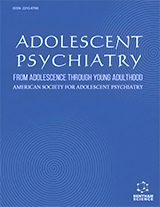Abstract
The weakening of the artery causes abnormal bulging and rupture of the artery with bleeding results in the development of an aneurysm. An aneurysm occurs in the various vital organs in the body which include the brain, aorta, legs, and spleen. Patients with age more than 60 years, hypertension, smoking, can drastically increase the risk of the aortic aneurysm. The development of aneurysm rupture is influenced by the aneurysm size, expansion rate, and uncontrolled hypertension increases the risk of more bleeding in the arteries. The arteries of brain cells and heart are the most common sites of developing serious aneurysm complications. The incidence of abdominal aortic aneurysms has been increasing from the past few decades. The aortic aneurysm has an incidence of 5-10 cases per 100,000 was seen in more than the age of 60 years. An aneurysm is detected with a computed tomography scan, magnetic resonance image scan, ultrasonography, angiography examinations helpful for detecting the abnormalities in the arteries. The prevention and management of aneurysm through lifestyle modification practices, eating a healthy diet, stress management, regular medication adherence and maintaining controlled levels of risk factors could minimize the future complications of an aneurysm in primary care settings.
Keywords: Aneurysm, Bleeding, Hypertension, Legs, Spleen, Ultrasonography.






















